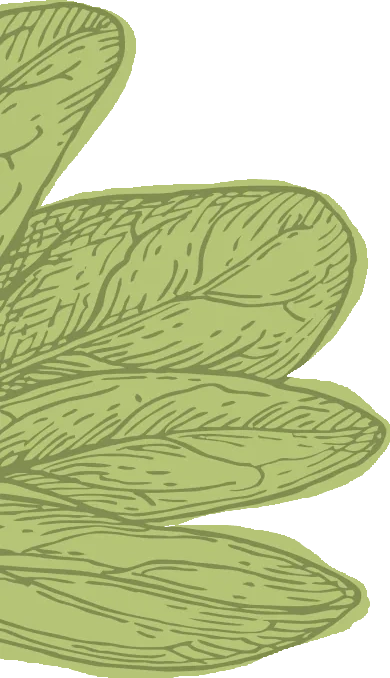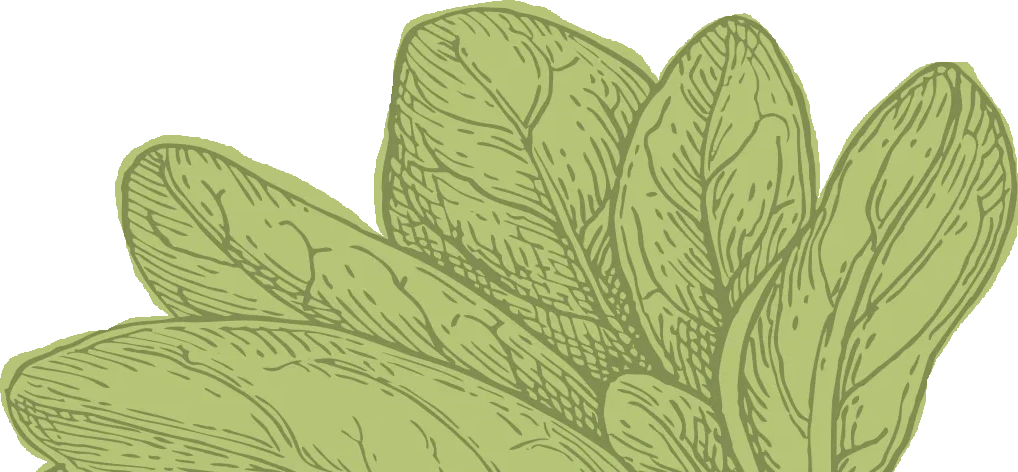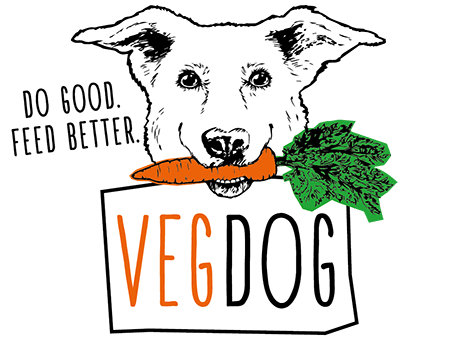It is important to note that chickpeas should never be fed raw. The substance phasin causes red blood cells to clump together. If uncooked, this can cause serious bleeding.
Today we made it easy for ourselves and used pre-cooked peas from a jar. To prepare the raw alternative, soak overnight and cook for one to two hours the next day. Zucchini, carrots and bananas provide lots of vitamins and are very filling with few calories.
A high-quality vegetable oil provides the essential omega-3 fatty acids. Our ALL-IN VELUXE provides everything else, such as taurine, carnitine and vitamin B12, which are often lacking in vegan diets.
The quantities of a full daily ration are as follows (please note that the ingredients on our ALL-IN VELUXE ):
preparation
1.Puree the ingredients2. Grate the carrots and zucchini3. Enjoy!
The chickpeas are put in the blender, which makes them much easier to digest. Then add the banana . The zucchini and carrot are only grated, which fills the stomach a little better and allows the fibers to have their effect in the intestines.
The lentils are cooked until they form a real "mush" and you can see that all the husks have opened. This usually takes 15 to 20 minutes of cooking. The red varieties are particularly suitable because they take a relatively short time to cook.
Finally, the tofu , oil and ALL-IN VELUXE are added.
We like to use soft tofu, which can be easily mashed with a fork. We add a high-quality vegetable oil (e.g. "Dr. Budwig Omega-3 DHA with algae oil"; dogs can do without olive oil). This contains two important fatty acids: EPA and DHA. The need for supplementary feeding has not yet been conclusively proven scientifically. However, various studies have confirmed a great benefit for numerous organ systems (e.g. the skin and joints).
Our ALL-IN VELUXE goes into the bowl when all the ingredients have cooled down so that the nutrients are not destroyed!
1. Cook lentils, pasta and vegetables
The basic rule is: For starchy products such as lentils, pasta, rice, etc., always cook them twice as long as for humans. This means, for example, that pasta that is cooked for 10 minutes for humans needs to be cooked for 20 minutes for dogs in order to optimally break down the starch and make it usable for dogs. When feeding vegetables, the rule is: whatever you eat raw as a human, your dog can also eat raw. Everything that you have to cook yourself should also be cooked for your dog. So, for example, you can feed raw:
Carrots, cucumber, lettuce, zucchini, kohlrabi, pumpkin
What should be cooked:
Corn, fennel, spinach, broccoli, cauliflower, peas, potatoes
Please make sure to wash the vegetables well, especially if you feed them with the skin on. Many dog owners also like to use organic quality. You can alternate the different types as you wish. But be aware that pulses and corn contain more calories because they are starchy.
The tolerance of vegetables varies from person to person. For example, peas and beans contain oligosaccharides, which are metabolized in the intestines into short-chain fatty acids and can lead to diarrhea and flatulence in large quantities. Simply try out different varieties and find out what your dog likes best and what he tolerates best.
How you prepare the vegetables is up to you: you can chop them up, grate them, mix them, cook them or boil them and then puree them. Picky animals in particular can be persuaded to eat cooked carrots. Chopped up or cooked vegetables are easier to digest. Heat the vegetables briefly and carefully to improve the retention of the water-soluble vitamins. You can also add a splash of cooled cooking water to the food.
2. Add fruit cooked or raw
Fruit can also be combined and varied - depending on what your dog can tolerate. Suitable examples are apples, oranges, bananas, raspberries, strawberries and melons. You don't have to worry about the fructose they contain. This does not lead to obesity when fed fresh fruit. However, for obese animals, the amount of banana should be kept to a minimum and dried fruit should be avoided if possible. This has a higher calorie content and can also lead to flatulence and diarrhea. Fruit stones should be removed as they contain hydrogen cyanide. Please wash the fruit thoroughly before feeding it. Here, too, you can let your imagination run wild when preparing it - from chopped to grated or as a smoothie - anything that is fun is allowed. Read our articles "Smoothie for dogs" and "Summertime is ice cream time".
QUANTITY CALCULATION EXAMPLE: the quantity is calculated based on the different weight classes. For example, a small dog needs more in relation to its body weight than a large dog. You always base your amount on the highest weight class we specify. For example, if your dog weighs 6 kg, you base your amount on the weight class for 10 kg. For example, if your dog weighs 32 kg, you base your amount on the weight class for 25 kg, as this is the highest weight class we specify.
Here is a calculation example for you if your dog weighs 32kg, for example: The highest weight class given is 25kg, so that is your required reference amount. A 25kg dog needs 100g of chickpeas daily. Therefore, 1kg dog in the weight class of 25kg needs 100g/25kg = 4g of chickpeas per kg of body weight. Then a 32kg dog needs 4g x 32 = 128g of chickpeas/day. You do this calculation with all the ingredients. I hope we were able to help you.
We wish you bon appetit!
Your VEGDOG team
 Lisa Walther
Lisa Walther









